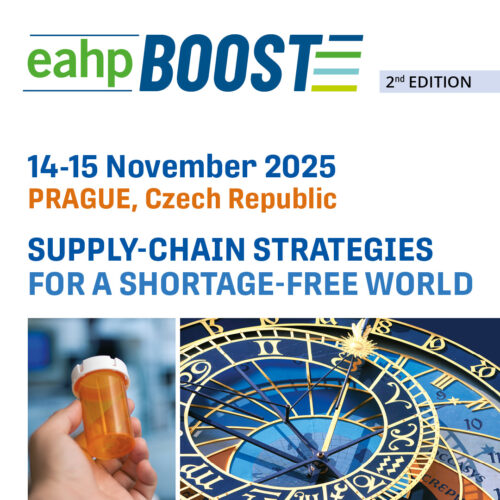IMPLEMENTING CHEMOTHERAPY DOSE-BANDING USING RETROSPECTIVE DATA ANALYSIS AND EXPONENTIAL CALCULUS
Pdf

European Statement
Production and Compounding
Why was it done?
Chemotherapies are generally prescribed and produced as a function of Body Surface Area (BSA). The most recent literature recommends that marketed drugs continue to use BSA-based dosing supported by clinical evidence. If not, it recommends DB with adjustments for other important parameters.
What was done?
Determine which of the drugs compounded in our centralised chemotherapy production unit were potential candidates for dose banding (DB) for adults, whilst guaranteeing patient safety and meeting the needs of physicians, pharmacists and nurses.
How was it done?
The database of chemotherapy doses produced between 2010 and 2013 was analysed to define a Top 10 chart of the most common protocols and compounds. Dosage patterns were analysed and new bands were modelled using exponential calculus in order to aid in DB decision-making. Discussions with interdisciplinary teams and senior physicians took place in order to promote acceptance of the project and its deployment.
What has been achieved?
Oncology professionals requested an integration of bands into the electronic prescription system, the possibility to prescribe doses above those suggested using BSA and a maximum 5% margin of difference to the usual prescribed dose. They highlighted the necessity of maintaining “ready for administration” doses. For example, in 2013, 613 infusion bags of gemcitabine were produced in 111 different doses, ranging from 266 to 2900 mg. Following the new specifications, just two bands (2000 mg and 1805 mg) already fulfil 50% of annual production needs; producing five band doses streamlines 90% of annual production needs.
What next?
Chemotherapeutic doses can now be prepared in bands and the pharmacy activity can be rationalised by producing doses in batches. The imminent introduction of automation should ensure accuracy of the doses delivered. Future studies should examine product stability so that chemotherapy production planning becomes highly efficient.
























